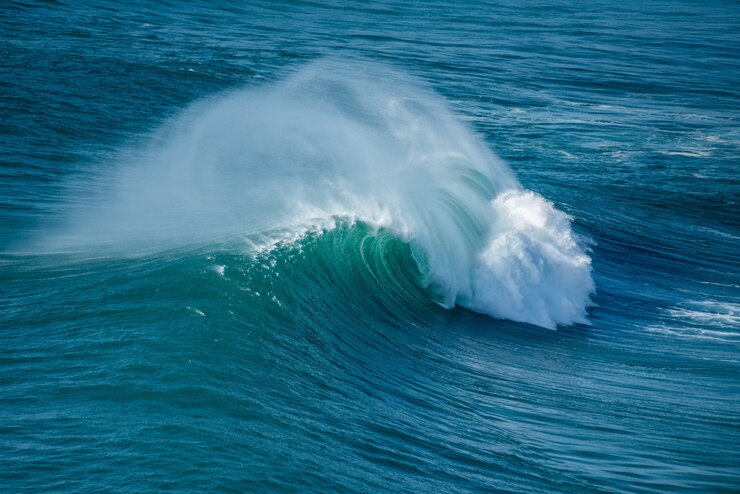Lotus299, Goldenexch, Msdexch: Tidal energy, also called tidal power, is a form of hydropower that converts the energy obtained from tides into usable electricity. As the Earth rotates, ocean tides rise and fall, creating a predictable and consistent source of renewable energy. This form of energy is particularly appealing due to its reliability and the fact that tidal patterns can be accurately calculated in advance.
One of the main advantages of tidal energy is its predictability, as tidal patterns are well understood and follow a regular cycle. Unlike some other renewable energy sources, such as solar or wind power, tidal energy can be harnessed regardless of weather conditions or time of day. With the potential to generate large amounts of electricity, tidal energy offers a promising pathway towards a sustainable future.
Harnessing the Power of Waves
Waves possess immense untapped potential as a source of renewable energy. The energy generated from waves has the ability to provide consistent power, making it a reliable and sustainable option for electricity generation. By harnessing the kinetic energy of waves, we can reduce our dependence on fossil fuels and move towards a greener future.
Various technologies have been developed to capture the energy from waves, including floating devices, oscillating water columns, and underwater turbines. These innovative solutions aim to efficiently convert wave energy into electricity, offering a promising avenue for clean energy production. As research and development in wave energy continue to advance, we are getting closer to fully leveraging the power of waves as a viable alternative to traditional energy sources.
Current Challenges in Tidal and Wave Power
Aldoexch, Aaonline777, Aaonline247: One of the primary challenges facing the implementation of tidal and wave power technologies is the high initial capital costs associated with installing these systems. The complex infrastructure required to harness energy from tides and waves, such as turbine installation and maintenance, can be prohibitively expensive. This cost factor often deters potential investors and governments from fully committing to developing these renewable energy sources on a large scale.
Furthermore, the environmental impact of tidal and wave energy projects is a key concern that needs to be addressed. The placement of turbines in marine environments can disrupt marine ecosystems and wildlife habitats. Finding a balance between renewable energy generation and environmental conservation is crucial in order to ensure the sustainable development of tidal and wave power technologies.
• The high initial capital costs associated with installing tidal and wave power systems
• Complex infrastructure required for harnessing energy from tides and waves
• Cost factor deters potential investors and governments from fully committing to these renewable energy sources on a large scale
• Environmental impact of tidal and wave energy projects is a key concern
• Placement of turbines in marine environments can disrupt ecosystems and wildlife habitats
• Finding balance between renewable energy generation and environmental conservation is crucial
What is the potential of tidal energy?
Tidal energy has the potential to provide a consistent and predictable source of renewable energy, as tides are influenced by the gravitational pull of the moon and the sun.
How do we harness the power of waves?
Wave power can be harnessed using devices such as wave energy converters, which capture the kinetic energy of ocean waves and convert it into electricity.
What are some of the current challenges in tidal and wave power?
Some of the current challenges in tidal and wave power include high upfront costs, technical difficulties in designing reliable and efficient devices, and potential environmental impacts on marine ecosystems.

